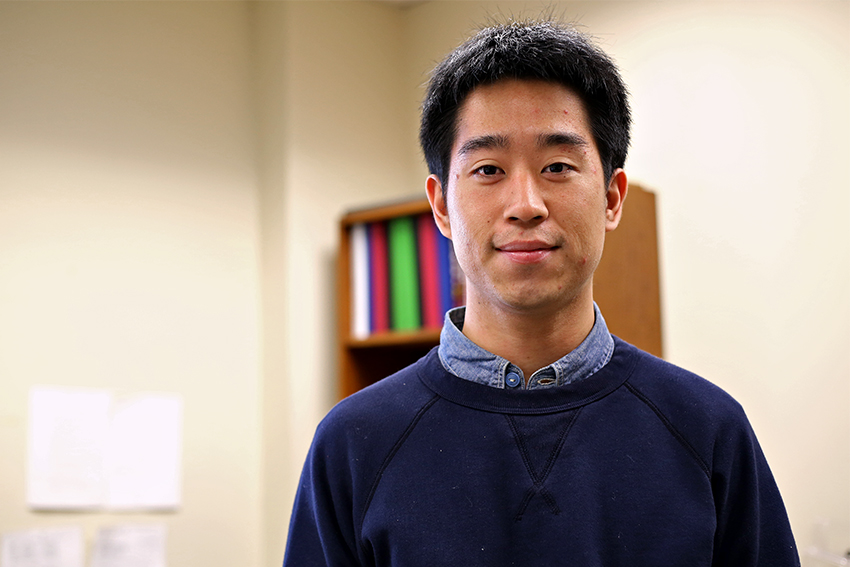Efficient carbon capture is one of the best ways to cut down on greenhouse gas emissions, but it could cost energy companies more than they’re willing to spend.
A new UT study has found that coal-burning power plants could capture carbon dioxide gas with significantly less energy by implementing an improved carbon capture system. CO2 is one of the main greenhouse gases in the U.S. and contributes to climate change, according to the United States Environmental Protection Agency.
All carbon capture systems consist of a series of chambers connected by pipes that capture fumes from burning coal as they exit the power plant. This study used a computer model to find the best chamber configuration to separate pure carbon dioxide from coal exhaust fumes, which contain other gases such as nitrogen and oxygen.
Yu-Jeng Lin, co-author of the study and a chemical engineering graduate student, said that the problem with current carbon capture systems is that energy is lost in the form of excess heat.
“Our goal is to reduce the energy consumption that we spend on capturing CO2,” said Lin. “Basically, when we heat up solvent to regenerate CO2, we evaporize a lot of water, but that’s not actually necessary.”
In a traditional carbon capture model, a liquid solvent first absorbs CO2 where it comes into contact with exhaust fumes, then funnels to a hot chamber where the pure CO2 gas evaporates.
To counteract heat loss, Lin split the CO2-rich liquid into cold and hot streams, and then pumped the cold liquid through the top of the hot chamber so it absorbs the excess heat as it moves downward.
Although the technology has held up under physical testing at the Pickle Research Campus pilot plant, it may still be too expensive to interest most power companies. According to Dr. Gary Rochelle, head of the Rochelle Research Group and co-author of the study, it might be one to two decades before plants adopt carbon capture systems.
“The first round of regulations to address global climate change is not likely to cut deep enough to require CCS [carbon capture and storage], but the next round will probably require it. As a consequence … our industrial interest is not really high right now,” Rochelle said.
Rochelle said that the point of the research is to make the technology available when regulations and politics do force companies to further cut down on greenhouse gas emissions.
“We just need to have someone who has the courage and the guts to say ‘yes let’s do it,’ and that requires the public’s support,” Rochelle said. “It’s important for the layman to appreciate that we have this technology.”
Dr. Carey King, a lecturer and research associate for the Center for International Energy and Environmental Policy, has published work on the economic potential of carbon capture.
King expressed doubt that coal plants would adopt carbon capture, even with increased energy efficiency, because of the burdens that other environmental regulations have already placed on them.
“I’m still not sure it would be economically viable,” King said, adding that coal companies are less competitive because they have had to make investments in infrastructure to meet environmental standards.
Lin still believes that coal will continue to be a major source of energy for the United States, at least for the foreseeable future, despite the popularity of inexpensive natural gas and oil as fuel as well as clean energy sources such as solar and wind power.
“The reason we think coal is going to be the major fossil fuel to generate power is because it’s cheap, the price of coal is relatively stable … and we still have an abundance of coal in the states for a while,” Lin said.





















